On this World Wetlands Day, here's reflecting on some of the wetland bird species that we've treated and rehabilitated at RESQ. These pair of images for each species give you an insight into these birds when they were under treatment at the RESQ TTC and their natural habitat in the wild. Some of them come to us in such critical conditions that in spite of our best efforts they unfortunately don’t make it back to the wild.
Grey Heron
This sub-adult Grey Heron came to us weak, dehydrated and stressed. With necessary treatment, rehabilitation and subsequent flight tests, the bird was fit enough to go back into the wild and released again.
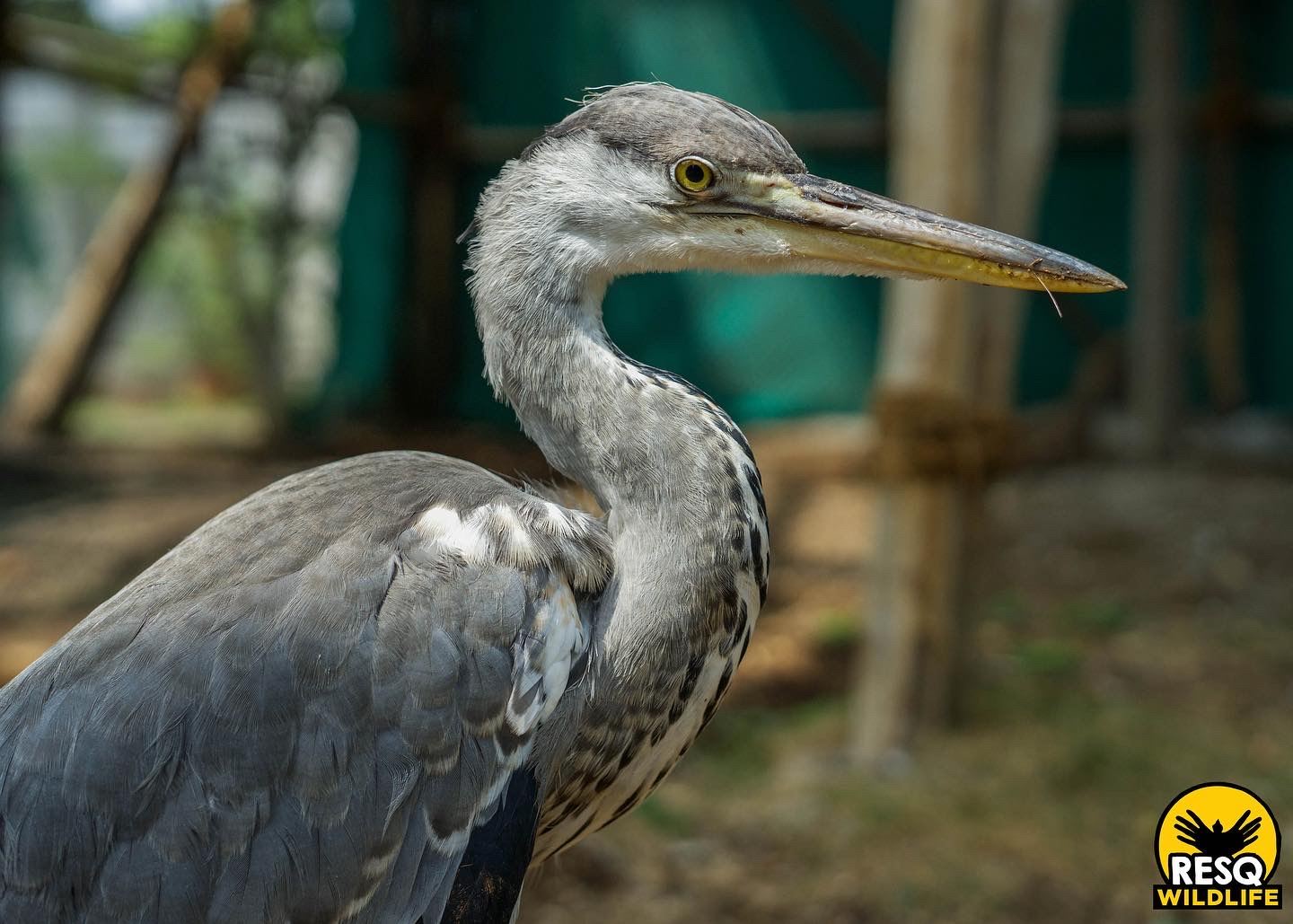
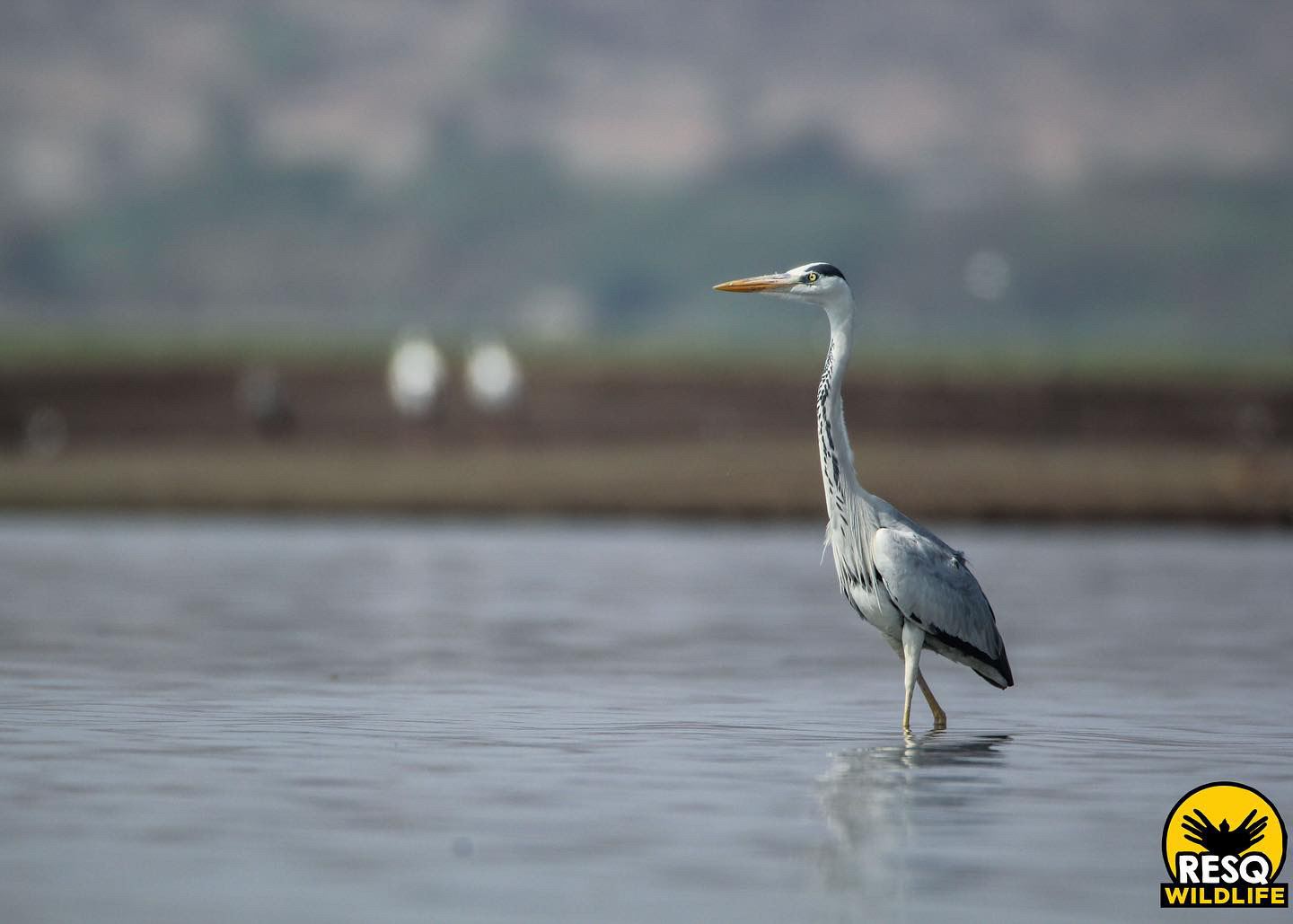
Painted Stork
With deep injuries inflicted due to Nylon Mania on both its wings, this Painted Stork was completely immobile when it came to us. The bird was treated and after a long healing process and having regained its ability to take long flights, it was released back into its suitable habitat.
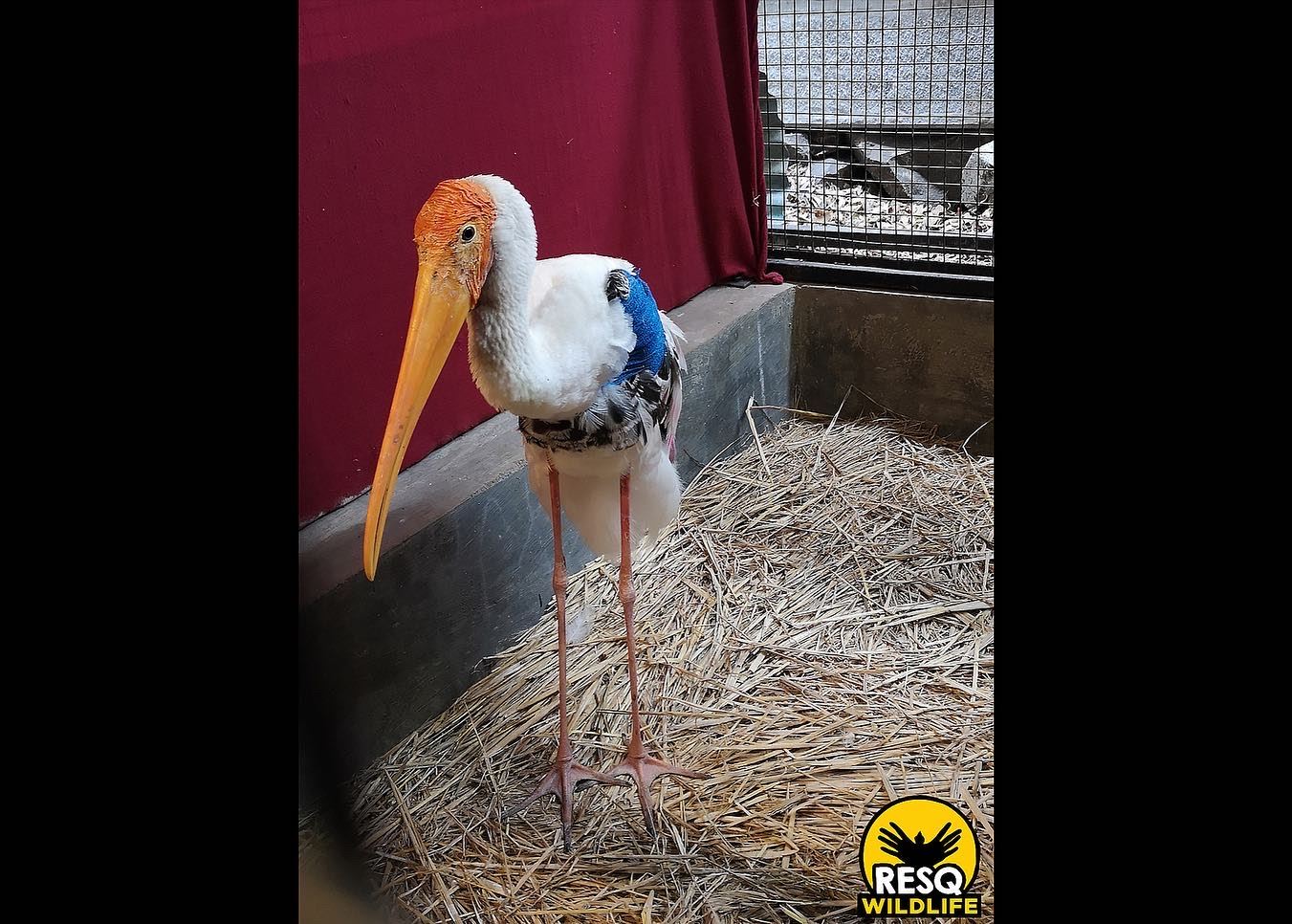
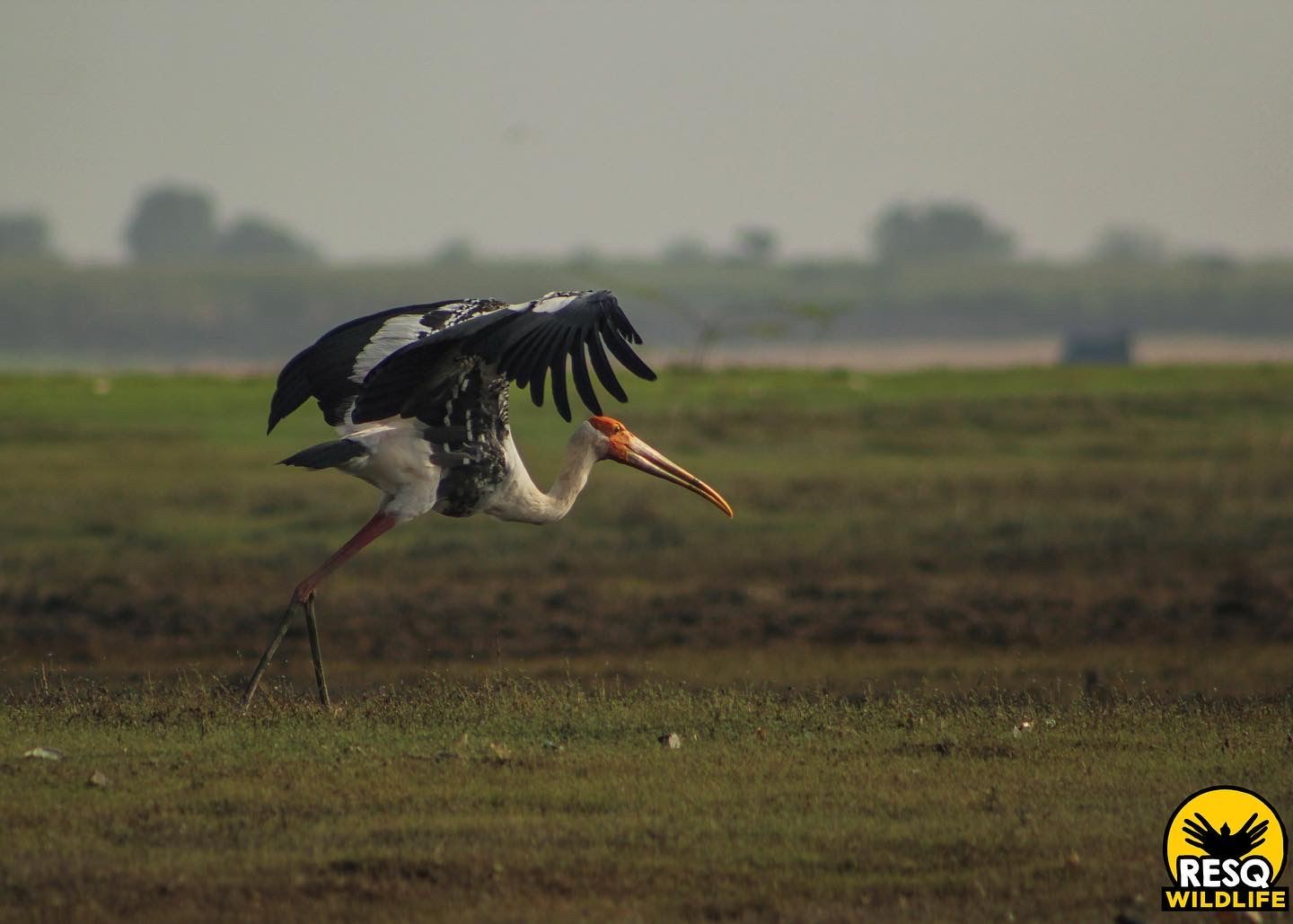
Greater Flamingo
This Greater Flamingo came to us in a grave state with a chest wound and was diagnosed with a severe infection. Sadly the bird succumbed to the infection and passed away amidst treatment.
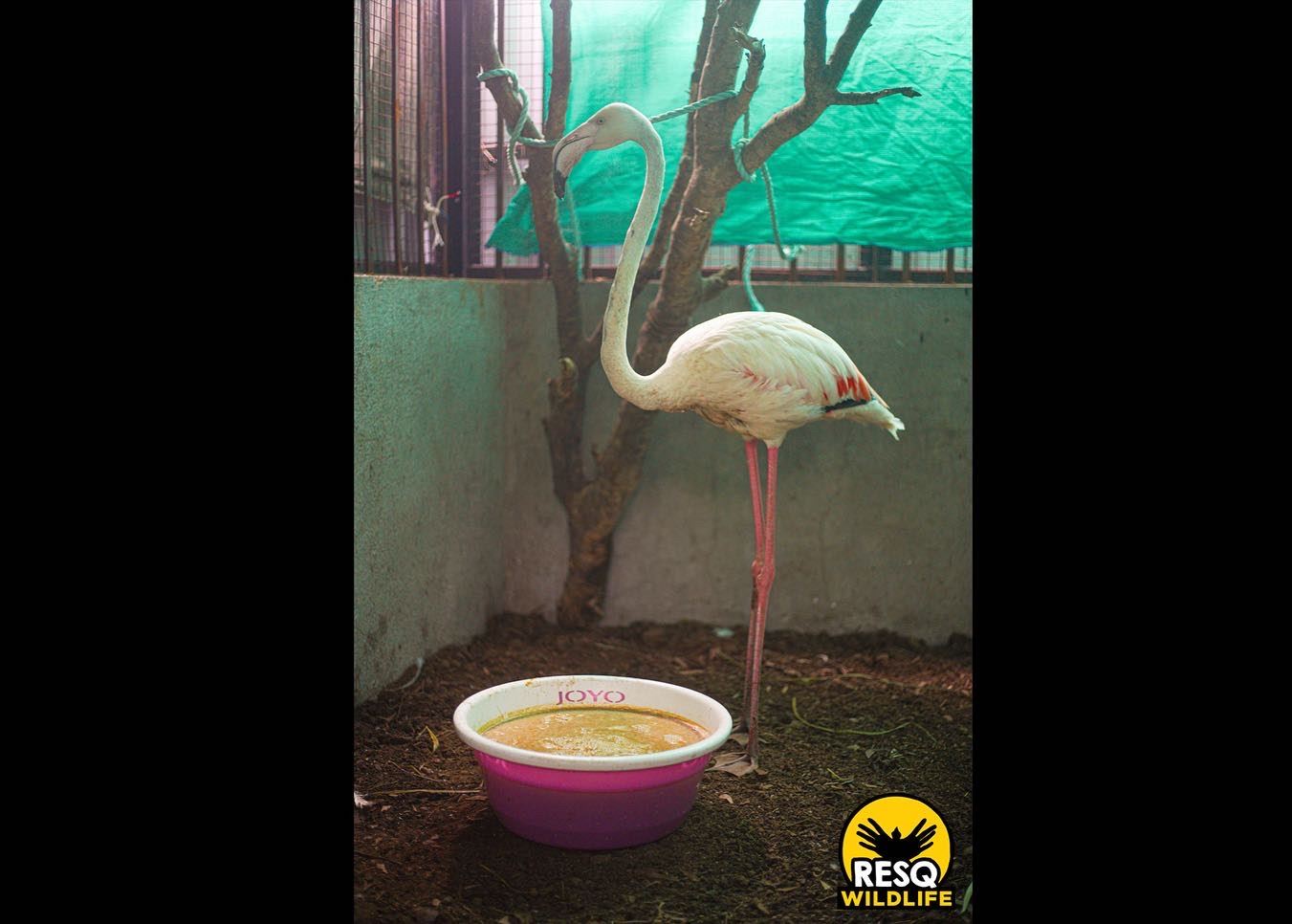
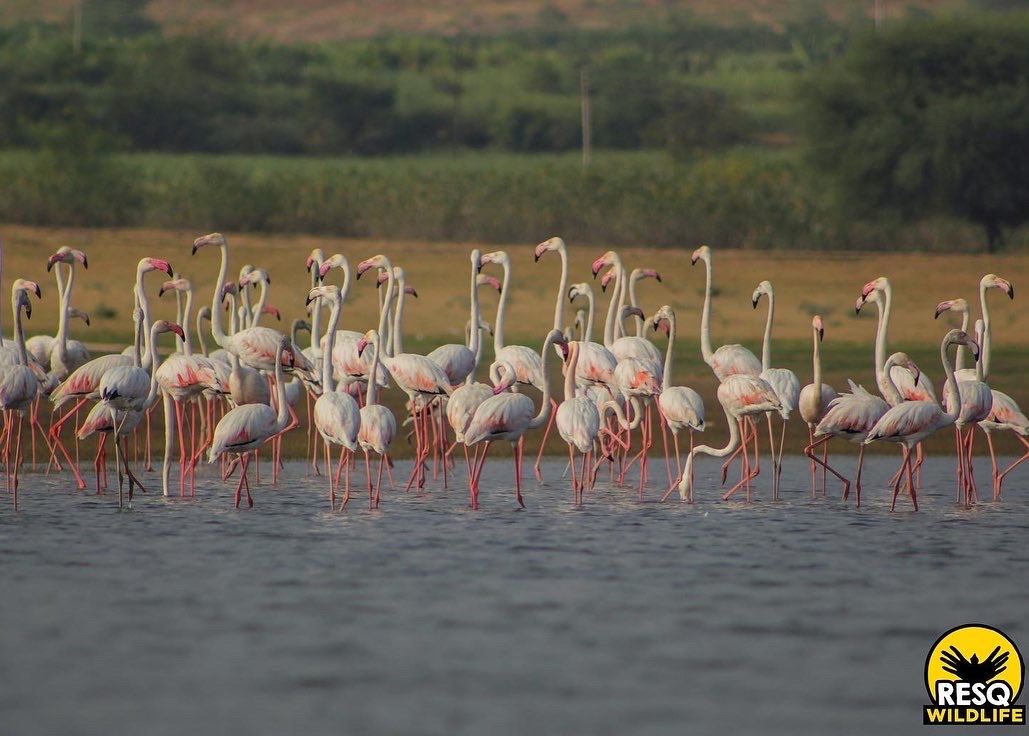
Openbill Stork
The Openbill Stork was found injured in an open field and brought to us in a very critical condition. On inspection the bird had severe internal bleeding and a fractured left wing which eventually led to its unfortunate death.
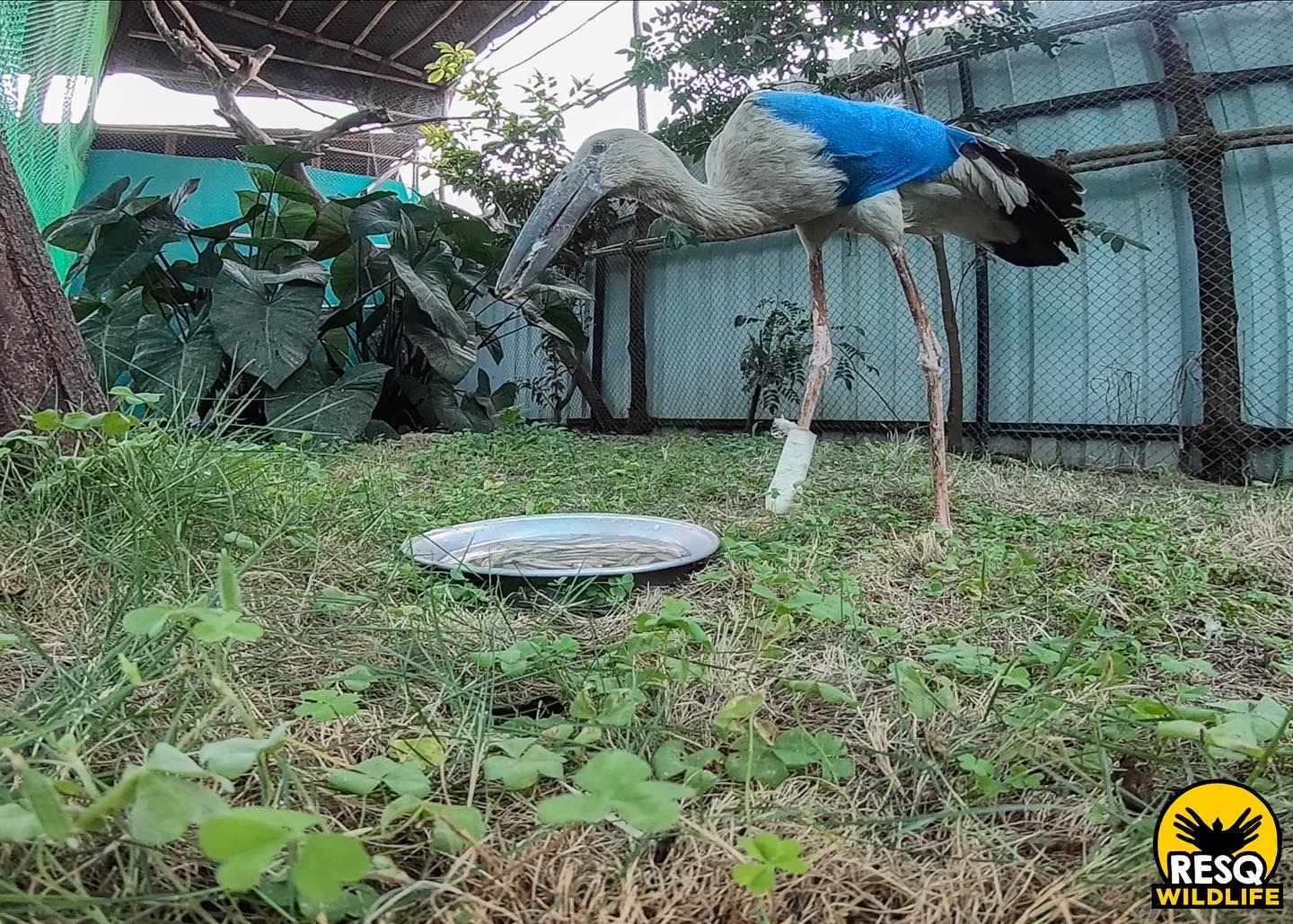
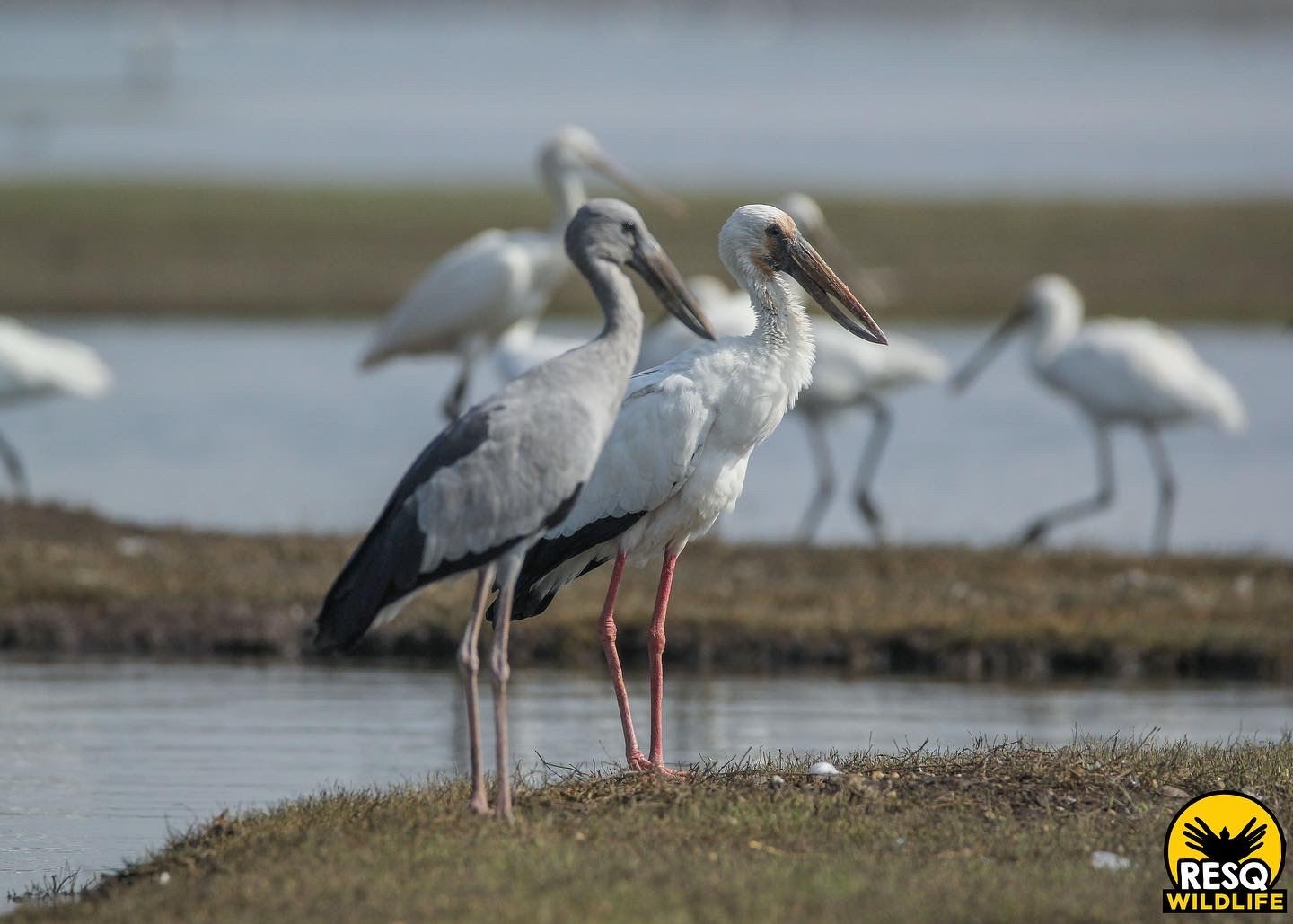
White-throated Kingfisher
A White-throated Kingfisher fledging was reported to us lying on the ground post torrential rains. The bird successfully went through our orphan rehab process, growing into an independent sub-adult that was released back into Nature where it belonged.
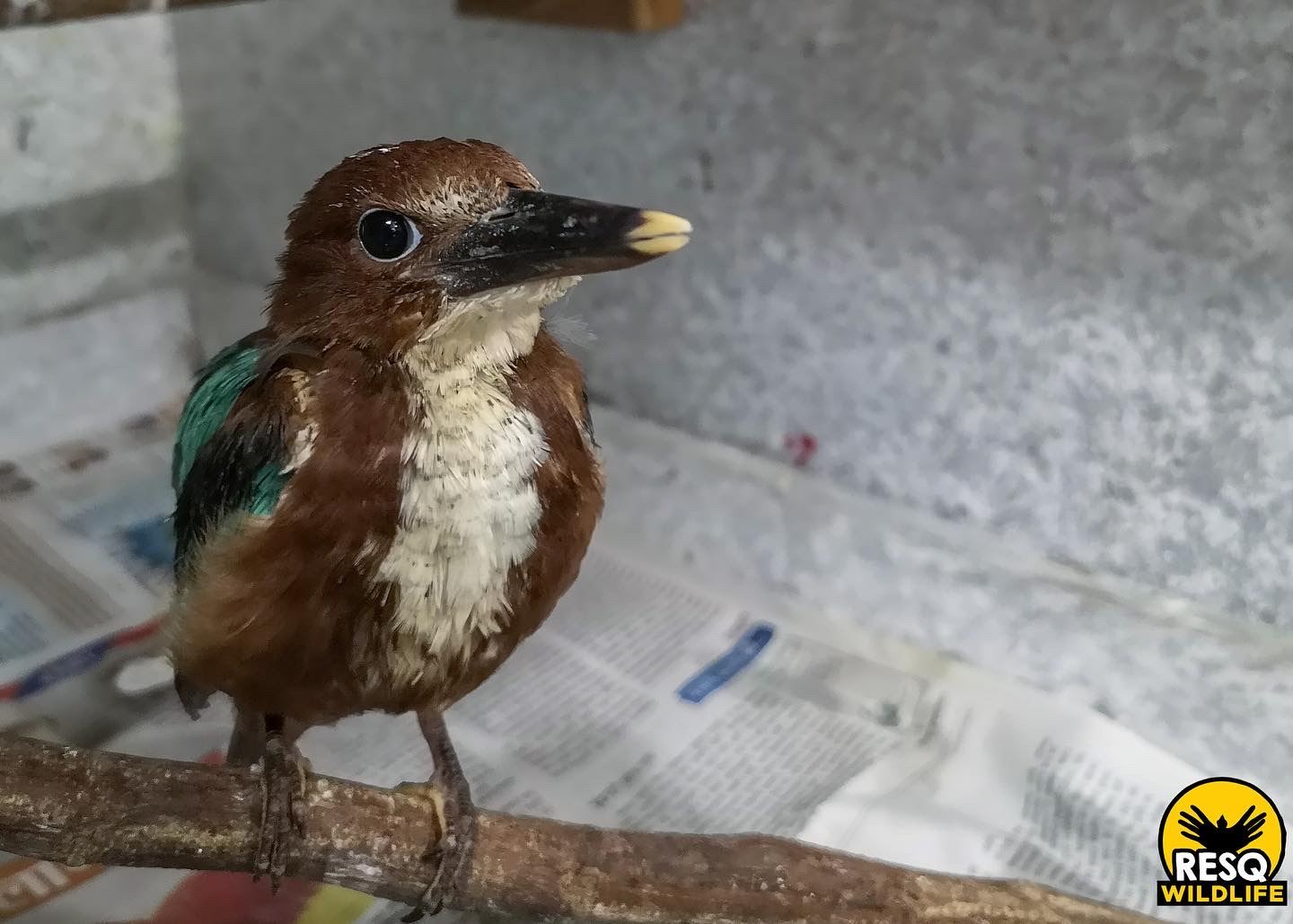
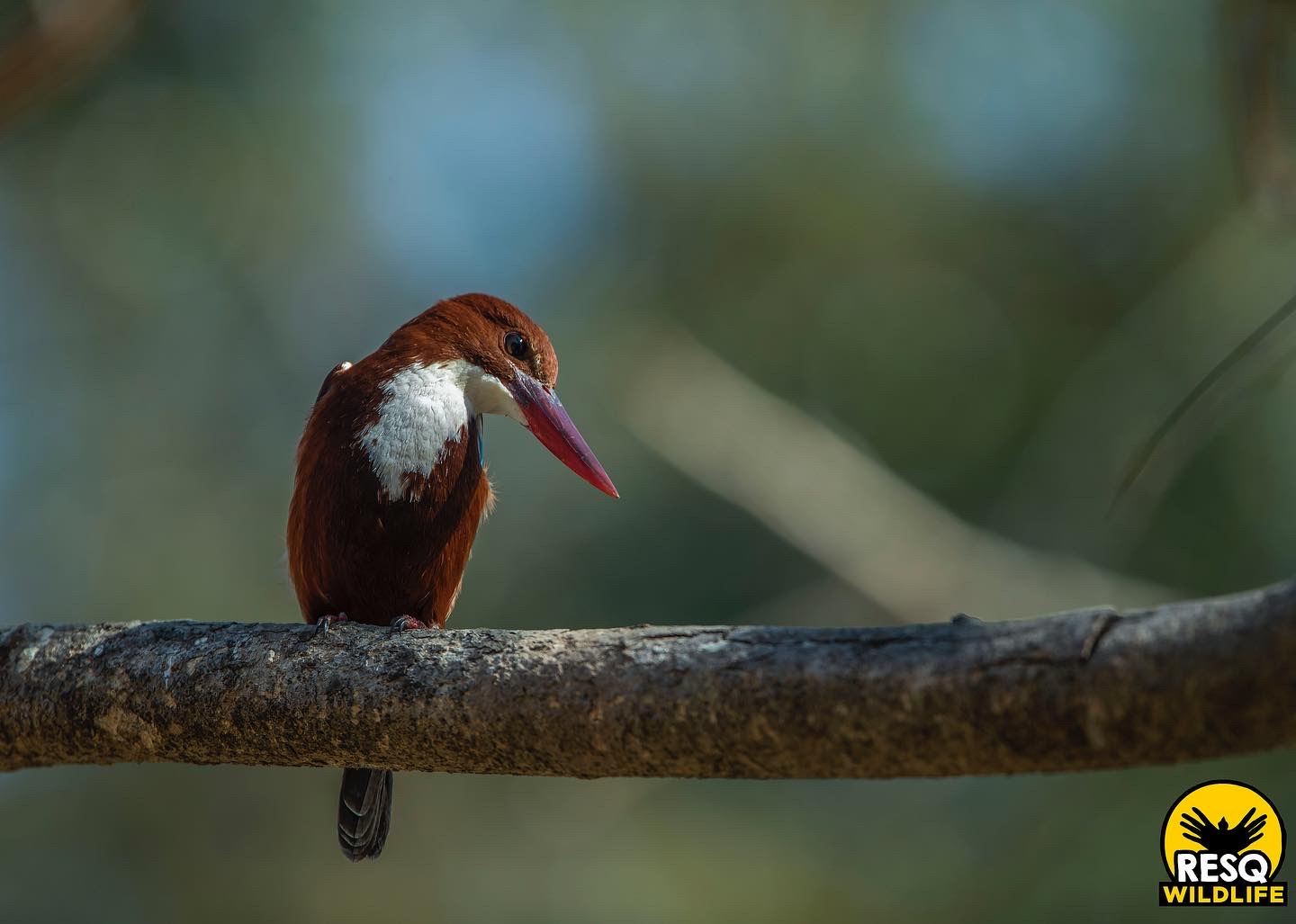
What is a wetland?
Wetlands are basically areas of land covered or saturated with water(saline, fresh or somewhere in between). This water could be groundwater seeping up from the aquifer or a spring, or from a nearby lake or river or even from the sea, especially in the coastal areas where the tides are strong. Mangroves, marshes, paddy fields and swamps are some of the types of wetlands found in India.
Why we need wetlands?
India has approximately over 27000 wetlands and as many as 4000 of them are coastal wetlands, which although not teeming with water like rivers form a vital source of water and food for a large number of people. Many depend on them for their livelihood. Moreover, Wetlands have been referred to as the ‘kidneys of the environment’. This is because these lands act as a natural filtration system for groundwater –marshy plants and microbes filter waste, soil and pollutants, thereby improving water quality. They act as buffers for both floods and droughts as it has the potential to trap and gradually release the water back to the surface.
Role of wetlands in preserving wildlife
A huge variety of small creatures such as microbes, insects, amphibians, reptiles, fishes, mammals and even plants form the core of a wetland ecosystem as it retains nutrients and hence there is something in it for each of them. But most importantly, they are home to an astounding amount of migratory birds in India who use these water laden landscapes as their temporary homes. With degradation caused by landfills, drainage, pollution, hydrological alteration and many such factors India has lost nearly one-third of its wetlands in the past four decades cascading a direct decline in most of its wild inhabitants.
What is being done to save wetlands
However all is not lost as since the September 2018, India has launched a multi-state five-year plan to conserve its wetlands as a part of the National Action Plan for Conservation of Migratory Birds and their habitats and this should definitely help restore at least some of the wetland biodiversity hotspots in our country. All over the country there are stories of individuals and communities protecting their local wetlands through activities like cleanup drives, digging ponds for wild animals, protection from construction activities and ecotourism initiatives, which are heartening signs as protection of these incredibly important paradises is each individual’s responsibility.